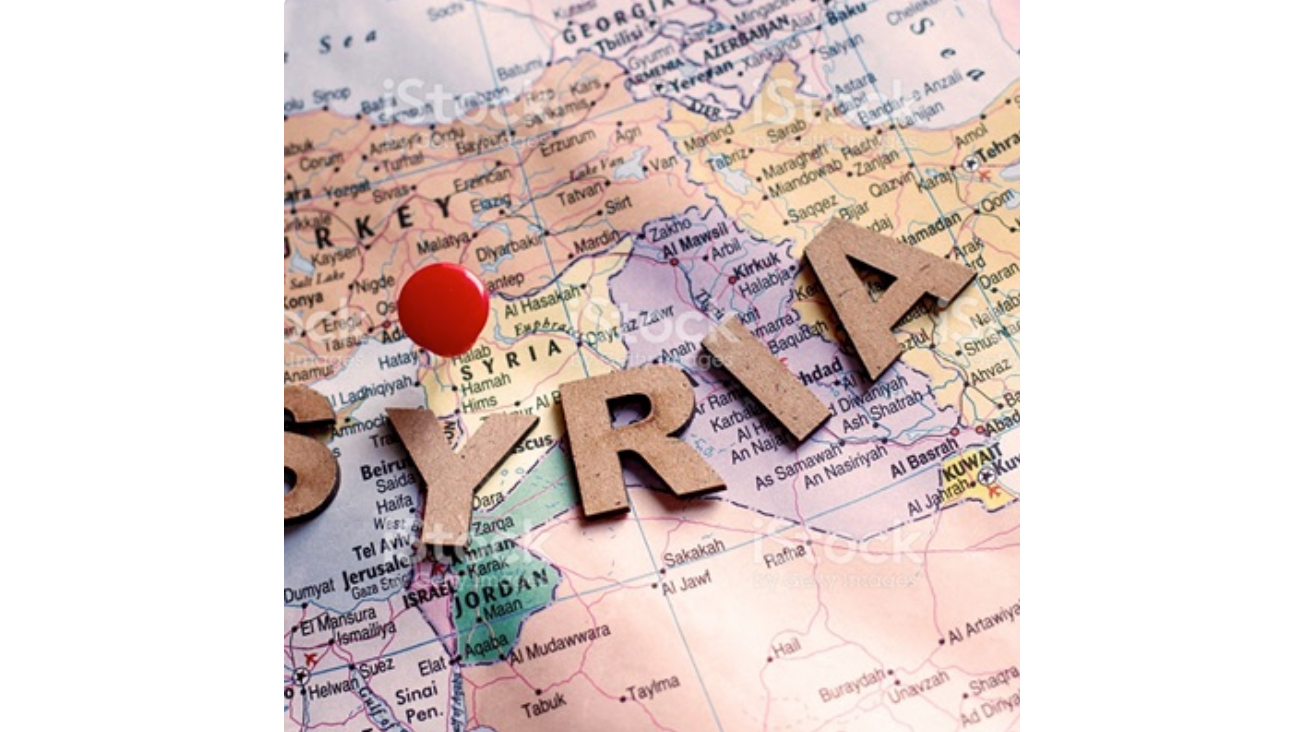What does Syria have to do with the Price of Gold?
History suggests that if tensions between the United States and Syria continue to rise, the price of gold will increase.
We’ve already seen some early signs of that happening, with the price of gold increasing on the back of the US-led missile attack on Syria in mid-April. Together with the UK and France, the US launched missiles in response to Syrian President Bashar Assad’s alleged use of chemical weapons in his country’s long-running civil war.
The missile targets were three Syrian chemical weapons facilities, and US President Donald Trump later described the military action as “a perfectly executed strike”.
President Assad has vowed to respond to the strikes, while matters are further complicated Russian President Vladimir Putin’s support of the Assad regime.
Why does the price of gold tend to increase during times of political tension?
The threat of war usually leads investors to seek gold as a haven. Several events in recent decades show this trend. For example, the price of gold increased in the lead-up to the beginning of the Gulf War in 1990, the Iraq War in 2002, and rumours of potential US military action against Iran in 2007.
More recently, when rumours first started emerging about a possible US intervention in Syria in 2014, the gold price also rose. It also rose in 2017 on the back of increasing tensions between the US and North Korea.
Gold is attractive when there is potential for military conflict between countries. That’s because there is no country risk with gold, it is valued by all nations and is an internationally accepted currency.
Gold also tends to benefit when currencies depreciate. That often happens both when countries are preparing for war and during the conflict itself. They increase government spending and print more money, sending their currencies into a tailspin.
This was graphically illustrated in the early years of the Iraq War, when the value of the US dollar declined significantly on the back of massive military spending and the US economy plunging further into debt. The subsequent global financial crisis that was triggered by the lending behaviour of some key US financial institutions only made matters worse for the US dollar. The Iraq War ultimately added more than $1 trillion (that’s a staggering 1 million) to US debt levels, and the effects of that will be felt for generations to come.


